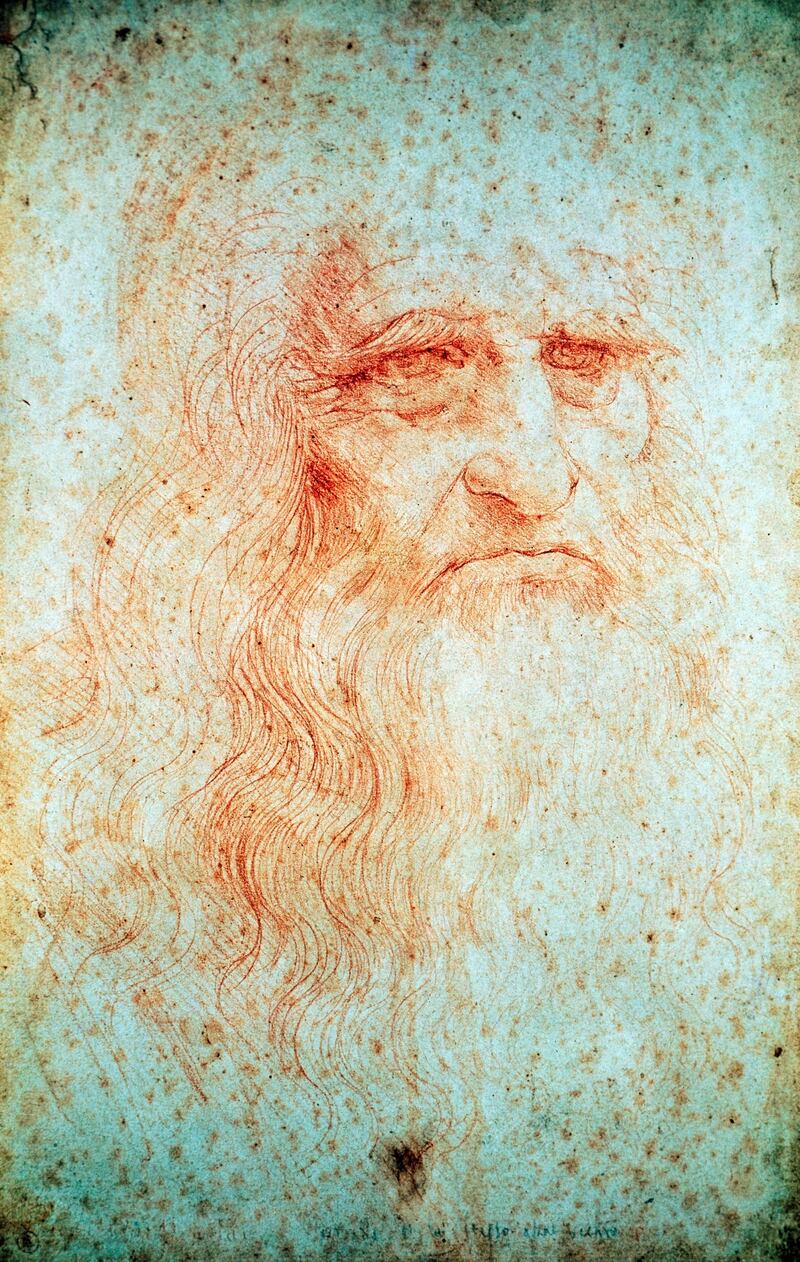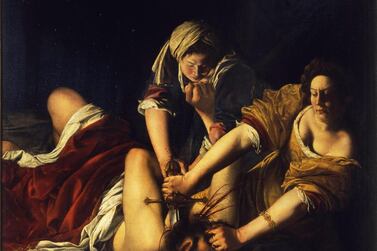Italian researchers claim to have discovered a previously unknown work by Leonardo Da Vinci.
Kept in a private collection for centuries, the artwork’s location before it was found in a bank vault in Lombardy is not known.
The red chalk drawing is a portrait of a Christ-like figure that bears stylistic similarities to the artist's other works. Researchers point out that the subject's gaze is akin to that of Mona Lisa's, while the beard and mouth are said to resemble Leonardo's own features as depicted in his self-portraits.
There are other clues to indicate that the piece might be an original Leonardo: the use of red chalk, which the artist used for sketches and studies for his paintings, and the subject's three-quarter pose, which shows a figure halfway between a front and profile angle. The Italian painter has used this pose for portraits such as the Mona Lisa, Ginevra de' Benci and Lady with an Ermine.
A self-portrait from around 1512-1515 is another example of Leonardo’s style.
Laboratory tests have confirmed that the paper used for the sketch dates back to the early 16th century. This finding remains unverified by independent experts.
Art historian Annalisa Di Maria was presented with the drawing by a private collector in Lecco. In media interviews with La Stampa and The Telegraph, she has reiterated her conviction of the work's authorship. However, Leonardo expert Martin Kemp has also said that he would wait to see scientific evidence before drawing any conclusions. He added that he would need to determine whether the sketch was drawn with the left hand, as Leonardo typically did.
Researchers are expected to present an in-depth study of the artwork in Florence after Italy's second wave of Covid-19 abates and lockdown restrictions are lifted.







